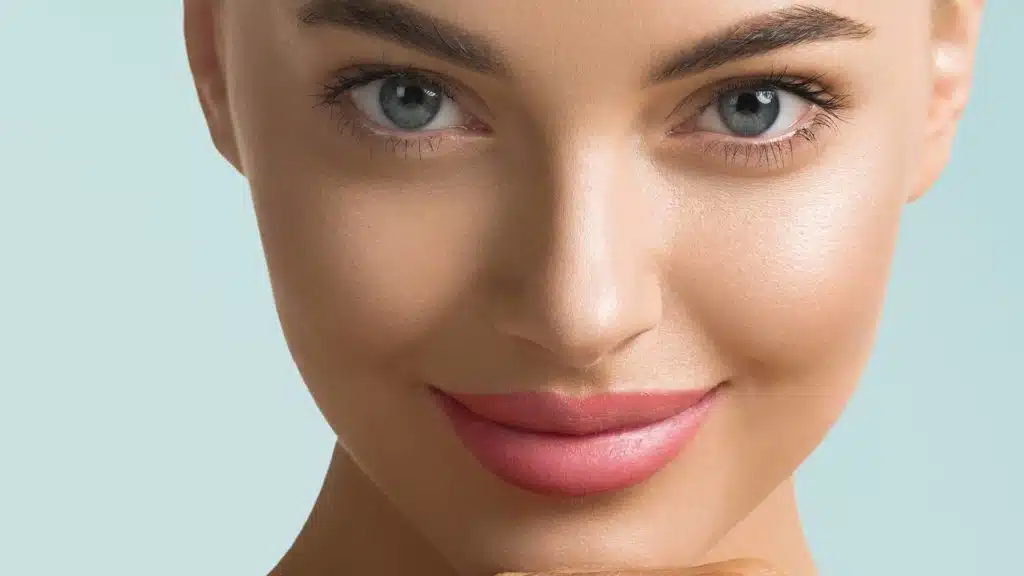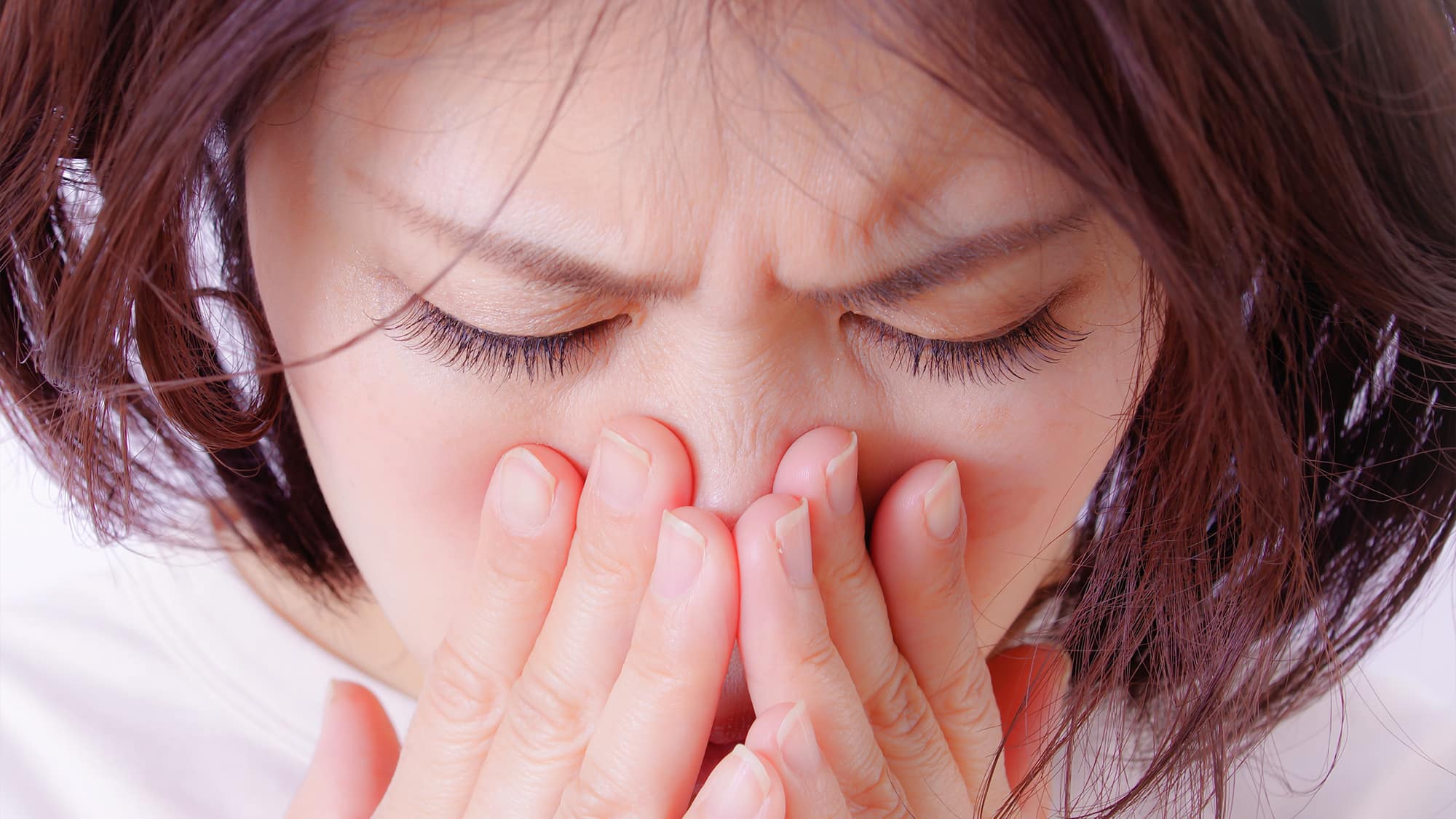
Will Smoking Really Have an Effect on My Rhinoplasty?
Smoking after rhinoplasty can significantly delay healing and increase the risk of complications, including infection and tissue death. It affects both the surgery and the healing process, making it a critical factor to consider when planning your nose surgery. Understanding how smoking influences your candidacy and recovery is essential for achieving the best results.
With an estimated 43 million smokers in the United States, the number of prospective rhinoplasty patients who are smokers is also too high. Dr. Andrew Frankel, a leading expert in nose surgery, provides valuable insights into the effects of smoking on rhinoplasty.
Are facial plastic surgeons being too cautious or is there really some danger in combining smoking with rhinoplasty surgery? Learn more about the effect smoking really can have on your rhinoplasty surgery.
How Smoking Affects Your Nose Surgery
- Smoking can slow down the healing process after rhinoplasty, leading to longer recovery times.
- Exposure to secondhand smoke increases the risk of infection following your nose surgery.
- Smoking may cause poor blood flow to nasal tissues, affecting the overall surgical results.
- Quitting smoking before and after rhinoplasty improves the chances of successful and lasting outcomes.
- Consulting with a rhinoplasty expert about your smoking habits can help optimize your surgery results.
Quit Smoking to Be a Good Candidate
Yes, you can still be a good candidate for rhinoplasty, but only if you quit smoking first.
Smoking before rhinoplasty affects how your body heals, and that’s a big deal when it comes to surgery. To have the safest experience and get the best results from rhinoplasty, you need to stop smoking before your procedure.
Most surgeons won’t perform elective surgeries like rhinoplasty if you’re actively smoking. That’s because smoking reduces blood flow, which can slow down healing and increase your risk of complications like infection or scarring. So when you hear “you must not smoke” in the list of rhinoplasty requirements—it’s not just a suggestion, it’s essential.
If you are a smoker, by all means you may become a good candidate for surgery, even if you aren’t one now. Attend a rhinoplasty consultation to connect with a qualified facial plastic surgeon and discuss your smoking habits. Together you can create a plan to quit smoking in time for your surgery, whether on a temporary or permanent basis.
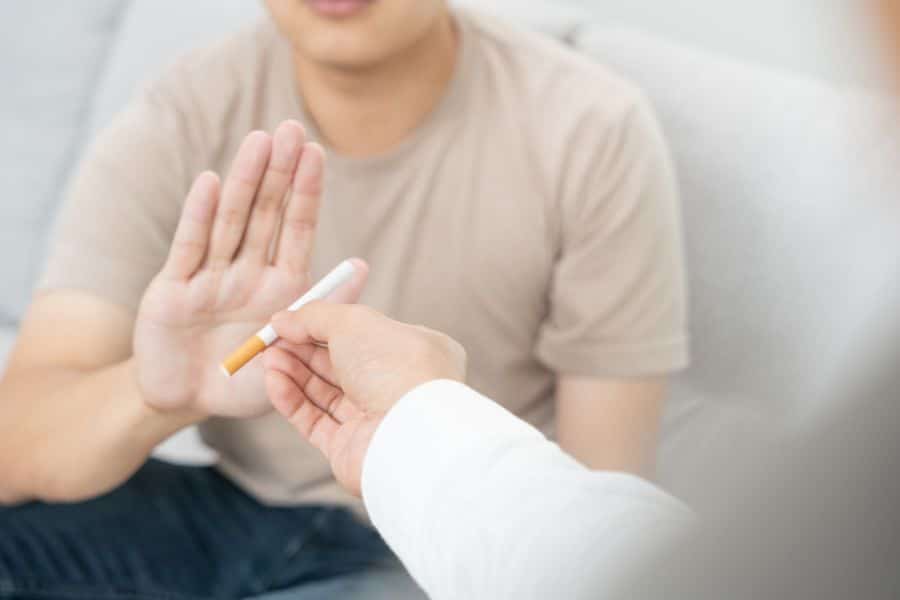
What Smoking Can Do After Surgery
Smoking after surgery can seriously slow down your healing and increase your risk of complications. If you’re thinking about rhinoplasty, or you’ve already had it, it’s really important to avoid smoking. Even though most people know smoking is bad for your overall health, many don’t realize just how much it can mess with your recovery after surgery.
If you continue to smoke throughout your surgical process, the following complications may result:
- Delayed or improper healing.
- Skin loss or necrosis, a type of skin cell death
- Excessive scarring
- Constricted blood vessels (caused by nicotine, which stays in the body for up to 2 weeks)
- Reduced flow of oxygen and blood to the treatment area
- Obstruction of the airway
- An increased risk of a reaction to anesthesia
- Poor surgical results or asymmetry of the nose
- Excessive bleeding
- Increased risk of infection
Some early studies have also shown that cigarette smoking can cause issues for the vascular system of the nose, but even if true, this would not pose as large concern to facial plastic surgeons as the troubles listed above. Your body is vulnerable during the recovery process following a rhinoplasty. Residual chemicals from cigarettes can wreak havoc on you during this fragile time and should be avoided at all costs.
Optimize Your Rhinoplasty Success
Reach out today to discuss how managing smoking can enhance your nose surgery results and ensure a smooth recovery.
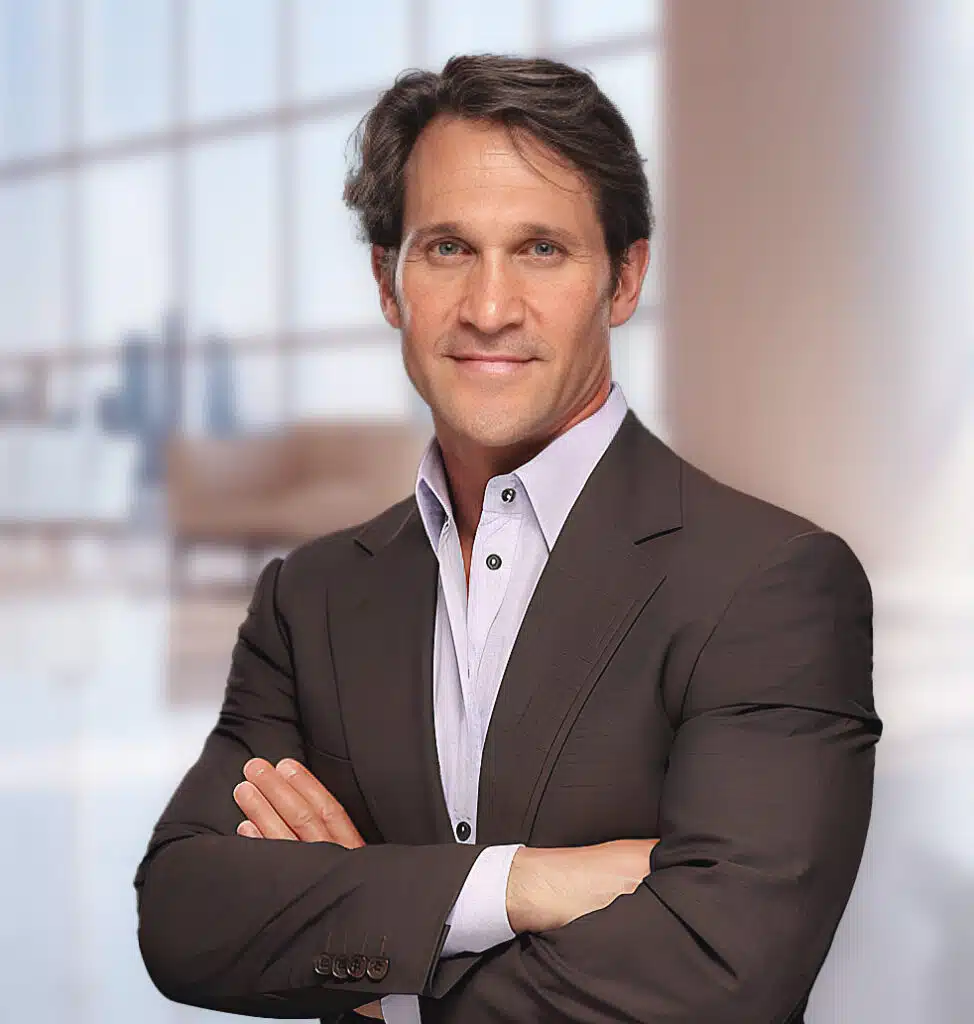
How Smoking Might Affect Your Rhinoplasty Results
Smoking can ruin your rhinoplasty results by slowing healing and increasing the risk of poor cosmetic outcomes. If you smoke, your body has a harder time recovering after surgery. That’s because nicotine tightens your blood vessels, which limits how much oxygen and nutrients reach your nose during the healing process.
Without enough blood flow, your nose can’t heal properly—and that can lead to problems like infections, skin damage, or even results that don’t look the way you hoped.
Many patients who smoke worry about this, and it’s something you should definitely bring up during your consultation. Your facial plastic surgeon will advise you to steer clear of smoking for two weeks before your procedure and two weeks afterwards, allowing your body cleaner breathing, normal blood flow, and other benefits. Of course, it is always best to quit smoking permanently, if you can.
When it comes to those results, poor healing is common, sometimes spurred by infections and other complications like skin cell death.
The nose you wanted might not appear at all if nicotine remains in your system when your body is healing. Your best strategy is to kick the habit and keep yourself healthy.
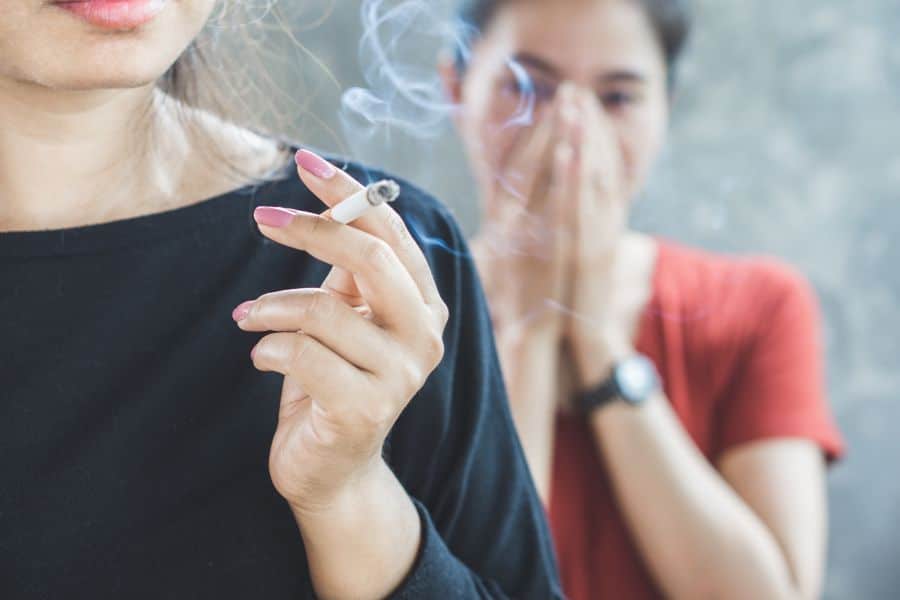
How does second-hand smoke affect my rhinoplasty results and recovery?
Second-hand smoke can still impact your healing after a rhinoplasty. Even if you’re not the one smoking, the smoke can reduce blood flow and oxygen to your nose, slowing down the healing process. Dr. Andrew Frankel advises all post-op patients, smokers and nonsmokers alike, to stay away from second-hand smoke as well for those first two weeks following surgery.
On Smoking and Breathing
It’s important to note that the rhinoplasty Beverly Hills surgery is designed to improve both the function and form of the nose.
For many patients, only form is a concern, but for others, it’s the function of their nose they hope to improve. Either way, your surgery will leave you with a beautiful, fully functional nose that allows you to breathe more easily. Waiting two weeks before you resume smoking is the key to your healing process, but quitting permanently is essential to your long-term health and the ability to keep breathing for years to come.
Smoking damages the respiratory system at large, causing mucus to form and buildup, clogging your airways. Many smokers have trouble breathing for many more serious reasons than those they fixed with rhinoplasty surgery. If you’re a smoker and you’re looking into rhinoplasty surgery for yourself, try to think about your new nose as a part of the much bigger respiratory system. It doesn’t make sense to breathe better through your nose if your lungs are suffering, too.
What are the effects of smoking marijuana on my nose job?
Yes, smoking marijuana can affect your rhinoplasty just like tobacco. The smoke contains harmful chemicals that can impair healing and increase the risk of complications such as infections and poor scarring.
Dr. Andrew Frankel recommends discussing your marijuana use with him before your surgery. By openly discussing your marijuana use, he can help you develop a plan to reduce its impact on your surgery and recovery, ensuring you achieve the best possible outcome for your nose job.
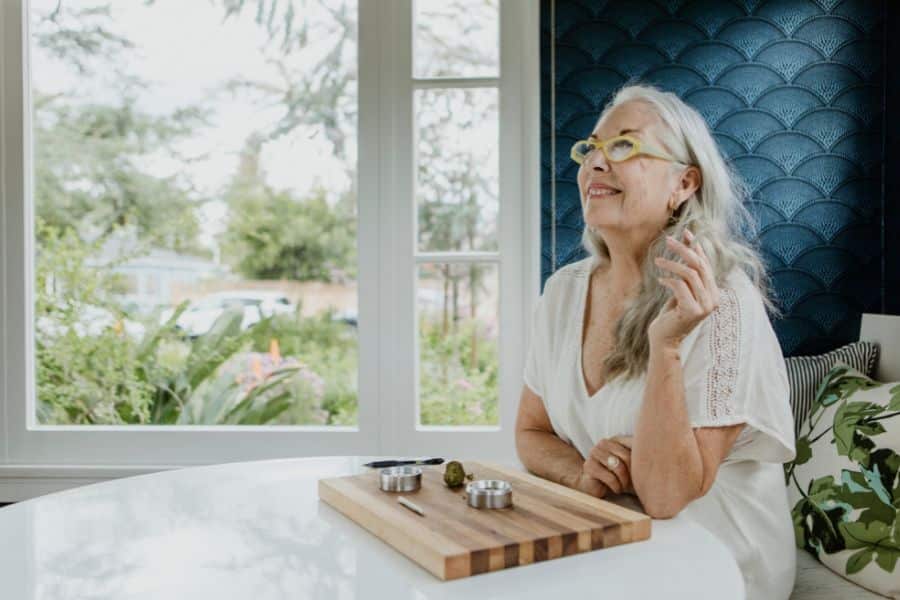
What impact do vaping and using products like Hookah have on rhinoplasty?
You should avoid vaping after rhinoplasty surgery because it can slow healing and increase the risk of infection. The same goes for Hookah and similar products—they can also negatively affect your rhinoplasty results. These methods of smoking can irritate your nasal passages, reduce blood flow, and hinder the healing process. Dr. Andrew Frankel suggests avoiding all forms of smoking, including vaping and Hookah, both before and after your nose surgery to promote optimal healing and achieve the best results.
How long should I quit smoking before getting a rhinoplasty?
It’s best to quit smoking at least two weeks before your nose surgery. This gives your body time to start healing and lowers the chances of complications. Dr. Frankel recommends this timeframe to ensure better blood circulation and a better surgery experience.
What should I talk about with my surgeon regarding smoking?
Be honest with your rhinoplasty surgeon about your smoking habits. Dr. Andrew Frankel will discuss how smoking might affect your surgery and recovery. He can help you create a plan to quit smoking and offer tips to minimize risks, ensuring you get the best results from your nose job.
Consult With a Rhinoplasty Expert
Even if you’re a smoker, your road to a better nose begins when you consult with a recognized expert and the best rhinoplasty surgeon in Beverly Hills and guarantee your best results. Dr. Andrew Frankel is board certified in Facial Plastic and Reconstructive Surgery, as well as Otolaryngology-Head and Neck Surgery (Ear Nose and Throat).
He is exceptionally well trained in the field of nasal surgery and has been recognized for his original research regarding vasculature to the nose and rhinoplasty’s effect on it. Schedule your appointment today with a world-renowned facial plastic surgeon to guarantee your best rhinoplasty results. Contact Dr. Frankel’s office, located at 201 Lasky Drive in Beverly Hills, California, by calling (310) 552-2173.
